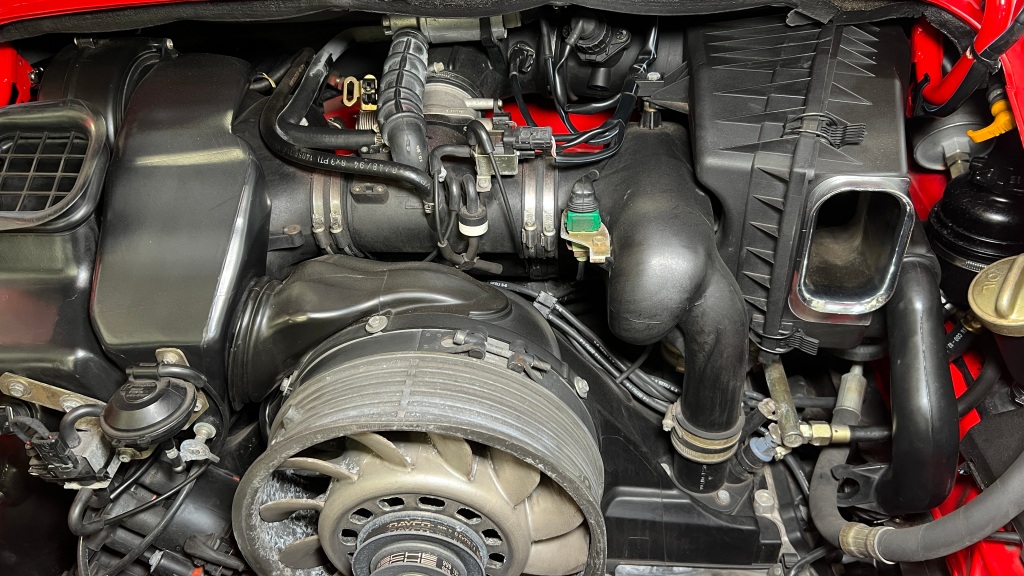
Looking to get your car’s engine bay and underbody cleaned professionally? Dry ice could be the solution. Dry ice cleaning is a big thing because it is so effective at removing all of those underbody contaminants that we hate.
Dry ice cleaning is a process that uses solid carbon dioxide (CO2) to remove dirt, grease, and other contaminants from surfaces. It is a non-abrasive, non-corrosive, and environmentally friendly cleaning method that is well-suited for a variety of applications, including car cleaning.
Here are some of the benefits of dry ice cleaning cars:
Thorough cleaning: Dry ice cleaning can remove even the most stubborn dirt, grease, and grime from cars. It is especially effective at cleaning areas that are difficult to reach with traditional cleaning methods, such as the engine compartment, undercarriage, and wheels.
Gentle cleaning: Dry ice cleaning is a non-abrasive cleaning method, so it is safe to use on all types of surfaces, including paint, plastic, and fabric. It will not damage or scratch the surface of your car.
Environmentally friendly: Dry ice cleaning does not use any chemicals or water, so it is an environmentally friendly cleaning method. It does not produce any harmful waste or runoff.
Efficient cleaning: Dry ice cleaning is a very efficient cleaning method. It can clean a car in a fraction of the time it takes to clean using traditional methods.
Here are some specific areas of a car that can be cleaned using dry ice:
Engine compartment: Dry ice can be used to remove grease, oil, and other contaminants from the engine compartment without damaging any of the electrical components.
Undercarriage: Dry ice can be used to remove dirt, mud, and other debris from the undercarriage of the car. This can help to prevent rust and corrosion.
Wheels: Dry ice can be used to clean the wheels of the car, including the rims, lug nuts, and brake calipers.
Interior: Dry ice can be used to clean the interior of the car, including the dashboard, seats, and carpets. It can also be used to remove stains from upholstery and fabric.
Overall, dry ice cleaning is a safe, effective, and environmentally friendly way to clean cars. It is a good option for car owners who are looking for a deep, thorough cleaning without the use of harsh chemicals or water.
Please note that dry ice cleaning is a specialized process that should be performed by a trained professional.




